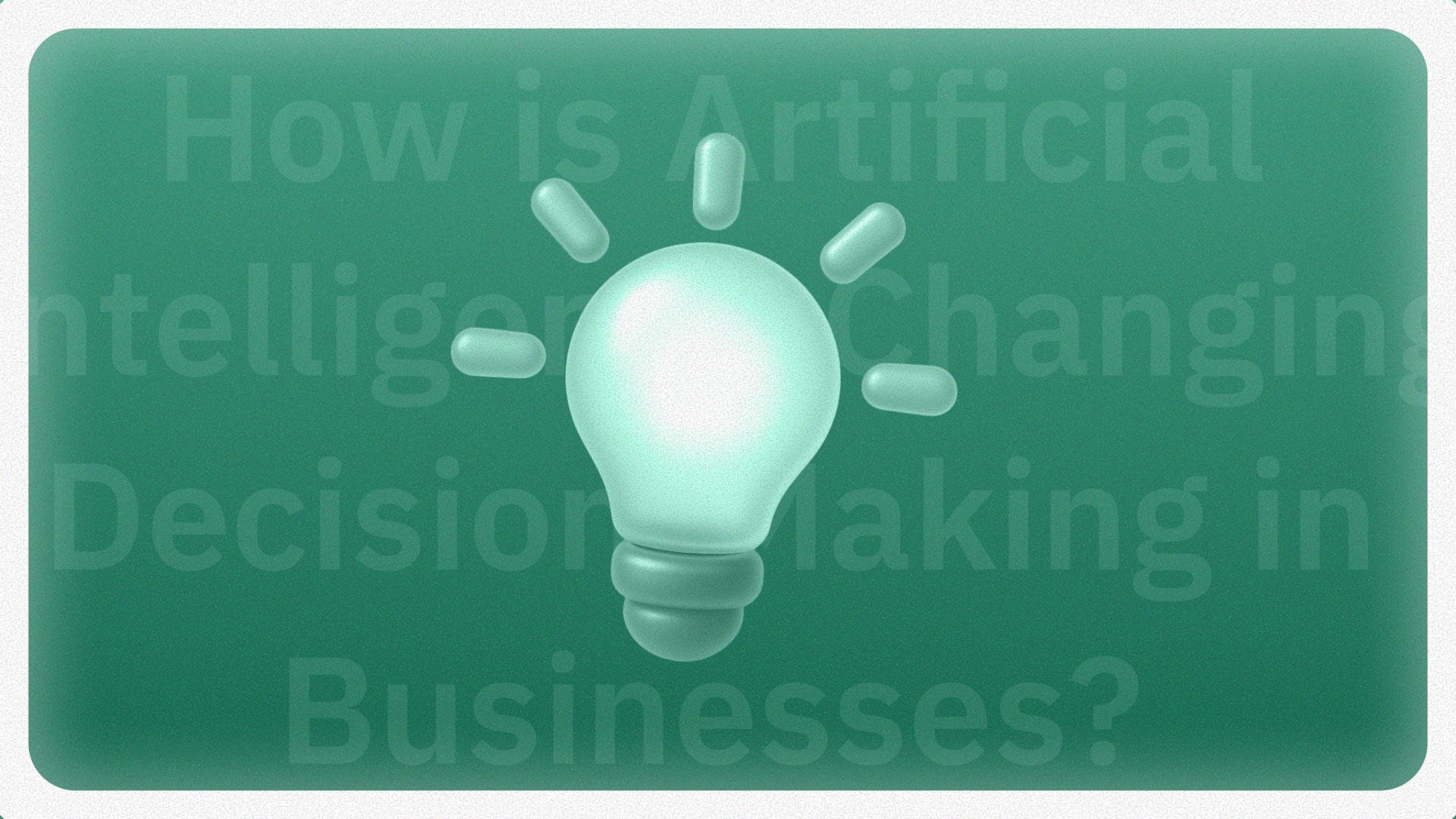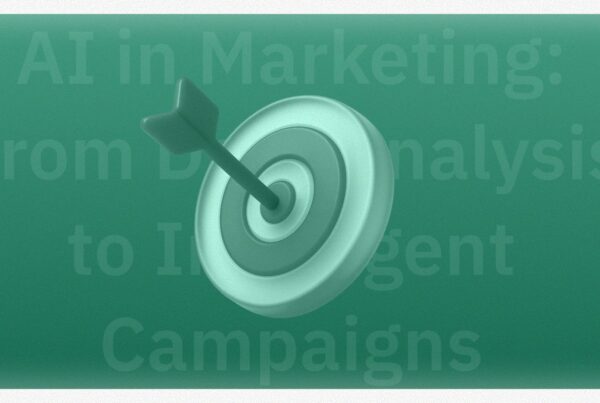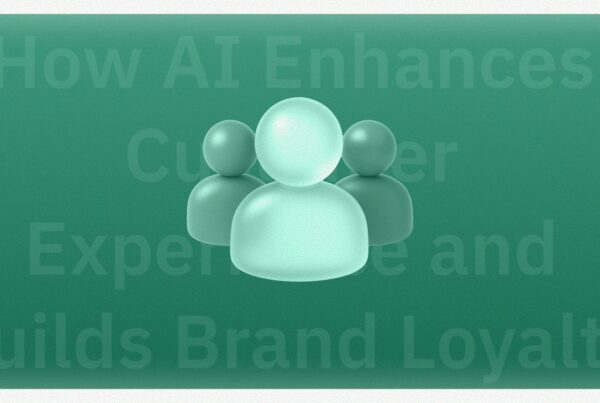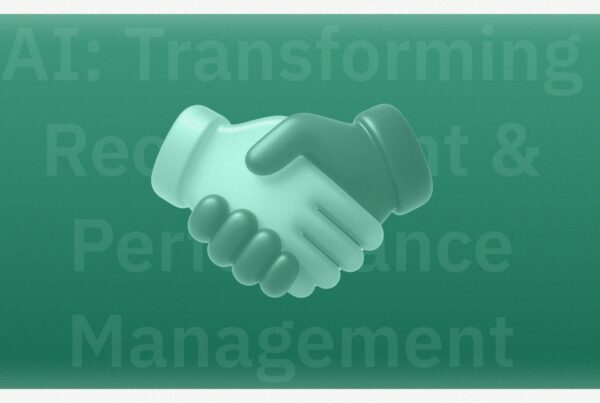Introduction: The End of the Gut Feeling Era
Business leadership has long relied on a mix of experience, intuition, and sometimes, a leap of faith. But the landscape is now shifting at a breathtaking pace. The decision to hire a new employee, launch a product, or enter a new market is no longer solely dependent on a manager’s opinion or the executive team’s consensus. We have entered a new era—the era of Artificial Intelligence (AI)—which is transforming decision-making from an art into a precise science. The question is no longer “What do you think?” but “What does the data say?” In this comprehensive article, we will explore in detail how AI is reshaping the mechanics of strategic and operational decision-making in companies, ushering in a smarter, faster, and more effective model.
From Support to Leadership: The Shift in AI’s Role
Initially, technology’s role was limited to supporting the decision-making process by organizing data into spreadsheets or displaying it in charts. But AI is no longer just a supporting tool; it has become an active partner in the decision itself. Through advanced technologies like Machine Learning (ML) and Predictive Analytics, AI can:
- Analyze Vast Amounts of Data (Big Data): At speeds millions of times faster than human capability.
- Uncover Hidden Patterns: Discover relationships and trends that the human eye would miss.
- Generate Actionable Insights: Turn raw data into tangible strategic recommendations.
- Simulate Scenarios: Predict the outcomes of different decisions before they are implemented in the real world.
Key Areas Where AI is Revolutionizing Decision-Making
1.Marketing and Sales: Predicting Instead of Reacting
- Customer Experience Personalization: AI analyzes browsing behavior and past purchases to offer individually recommended products, dramatically increasing conversion rates.
- Lead Scoring: AI ranks potential customers based on their likelihood to buy, allowing sales teams to focus their efforts on the most promising opportunities.
- Dynamic Pricing: Algorithms adjust prices in real-time based on factors like demand, competition, and inventory levels to maximize profits.
2.Operations and Supply Chain: Achieving Peak Efficiency
- Predictive Maintenance: AI predicts failures in machinery and equipment before they happen, reducing downtime and emergency repair costs.
- Inventory Management: It forecasts future product demand to optimize stock levels, preventing both overstocking and stockouts.
- Supply Chain Optimization: AI identifies the most efficient shipping routes and predicts potential disruptions like customs delays or weather events.
3.Human Resources: Hiring the Right Talent Intelligently
- Automated CV Screening: AI can analyze thousands of resumes in minutes, filtering for the candidates best matched to the job requirements.
- Reducing Hiring Bias: It can be programmed to focus on skills and experience rather than demographic information that can cause unconscious bias.
- Predicting Employee Turnover: By analyzing employee data, AI can predict who is likely to leave the company, enabling management to take proactive steps to retain top talent.
4. Finance and Risk Management: Protecting Company Assets
- Fraud Detection: AI monitors financial transactions in real-time to identify unusual and suspicious patterns, significantly reducing losses.
- Credit Scoring: It analyzes data to assess the risk of granting credit to customers or other businesses with higher accuracy.
- Algorithmic Trading: In financial markets, AI is used to execute thousands of trades per second based on market signals.
Key Advantages: Why Businesses are Rushing to Adopt AI
- Accuracy and Objectivity: AI minimizes the role of human emotions and biases, leading to more rational and reliable decisions.
- Unmatched Speed: The ability to process data and make decisions in a fraction of a second is crucial in fast-paced markets.
- Predictive Power: The shift from reacting to events to anticipating and preparing for them provides a significant competitive advantage.
- Improved Cost Efficiency: Making the right decisions leads to massive savings in resources, time, and money.
Challenges and Risks: The Other Side of the Coin
The adoption of AI is not without its challenges, which companies must address wisely:
- Data Quality: “Garbage in, garbage out.” AI decisions are only as good as the data they are trained on.
- The Black Box Problem: The difficulty in interpreting how some complex AI models arrive at a specific decision, which can raise issues of accountability and transparency.
- Ethical Concerns and Bias: If training data contains human biases, the AI will perpetuate and even amplify these biases.
- Cost and Talent: Advanced AI applications remain costly, and there is a significant talent gap for qualified professionals to manage them.
Conclusion: The Future is Hybrid Human-Machine Decisions
AI is not designed to replace human managers. Instead, the goal is to create a powerful partnership. AI handles the complex data processing and provides insights and recommendations, while the human role remains crucial in setting ethical goals, defining the overall strategy, and applying human judgment and context to those recommendations. Companies that recognize the power of this partnership and invest in building a Data-Driven Culture will be the ones that stay ahead and lead the future of decision-making in the business world.



